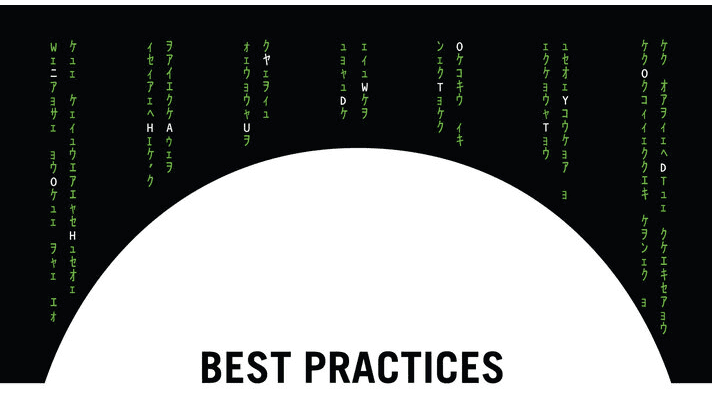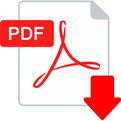
26 Apr CHAPTER TWO
The physical book has been updated to version 6 but this is the original version of chapter 2.
We live in the age of the technology hype cycle. It’s almost deafening as each high tech takes its turn cresting in hype until its successor takes its place. The storyline is always the same: First the tech is worshiped, then its powers are described as if they were science fiction and finally some of the tech applications prove themselves to be practical and capable of creating value and sometimes disruption.
With financial engineering hardly moving the needle and traditional operating improvements becoming commoditized, it’s worth it for private equity to consider how the best practices for digital transformation can produce value in the PE’s fund.
Just as private equity looks for long-term trends within the noise of market cycles to find tailwinds for its investments, there is an opportunity to do the same with tech: to look through the noise of the hype cycles for long-term trends to provide similar investment advantages. Venture capital does it by making bets before the tech has proved itself. That’s not the role of LBOs. Instead they have the luxury of time to wait for the tech to derisk before using it to create value and sometimes disruption.
This is the job of the PE digital operating partner: to use these proven high technologies like IoT and AI as tools by pattern-matching winning tech applications within the portfolio companies. The process of applying these high technologies to create value is called smart digital transformation, and now it is an important source of alpha that’s been either overlooked or deemed too complicated until now.
With financial engineering hardly moving the needle and traditional operating improvements becoming commoditized, it’s worth it for private equity to consider how the best practices for digital transformation can produce value in the PE’s fund.
Digital transformation here is the process of transforming a traditional company into a digital-traditional company through a series of digital initiatives that create value by using high technology like the internet of things, data science (analytics and AI/ML), the digital twin, sensor fusion, additive manufacturing, AR and blockchain. Digital transformation transforms traditional companies into data-driven companies (Figure 2.1), providing a platform for product innovation/invention, business model innovation/invention and greater operating efficiency, all leading to the North Star of increased enterprise value through EBITDA and valuation multiple gains.
PRODUCT INNOVATION
Collecting customer data with a smart product (or smart service or smart environment) is like having a 24-hour-a-day, 7-day-a-week window into the customer’s world. From this data, different data science models are built to discover different business insights.
Usability models quantify how customers use their smart product, and just like an ecommerce company uses its usability model to improve its website, a digital-traditional company uses its usability model to make its physical smart product better too.
Take, for example, the road roller, aka the steam roller. Road rollers use their weight of up to 44,000 pounds and their vibrating drum to remove air from the hot mixed asphalt (HMA) to compress it to a specific density. Getting it right takes a lot of experience, and even then, it can be hit and miss. Enter digital transformation. Every geography has a known ideal asphalt density to make the perfect road. By digitizing the variables associated with asphalt density (HMA temperature, roller weight, roller speed and drum vibration frequency), we can build a paving usability model and then solve it in several different ways. To minimize time (increase efficiency) while achieving the desired asphalt density, we solve for max speed and control the speed of the smart road roller accordingly. (See Figure 2.2.) To minimize material usage (reduce COGS) while achieving the desired asphalt density, we solve for HMA thickness.
Which product is more valuable? A regular road roller that’s operated by gut or a smart road roller that compresses asphalt to the perfect density under different circumstances in any environment. Usability models like this are a platform to catalyze countless innovations. Innovations that lead to a more competitive product that produces alpha by increasing market share, which leads to higher sales and higher EBITDA.
•••
The book’s original 8 chapters are freely available on this site if you register with the form below checking “Send book’s intro chapter & book password and add me to your mailing list!” After registering we’ll email you the book password to access all the chapters.
When you have the book password click here to continue reading this chapter.
However, if you would like the full book, updated, formatted and bound, you can









